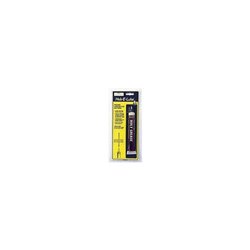There are a number of different options for attaching figures such as a horse and rider to a layout. Perhaps the...
No products
Product successfully added to your shopping cart
There are 0 items in your cart. There is 1 item in your cart.
Search Tips
Are there any alternatives to oil based lubricants for locomotives?
Inevitably there is a need to provide lubrication to the wheels of locomotives and rolling stock as they operate on a train set. Oil-based lubricants have many advantages as they are thin and as such can offer an ideal lubrication solution. The problem with oil-based lubricants is that because they are thin they do not always stay where they are placed. In this case, it can be useful to use a more viscous lubricant which will remain in place to get the job done. One potential option for this is a grease-based lubricant such as Hob-E-Lube Moly Grease by Woodland Scenics.
Moly Grease contains Molybdenum which helps to increase its viscosity. As such, it is ideal for load-bearing joints and any joint developing a higher degree of friction and temperature. Oil-based lubricants may run in these circumstances but Moly Grease will stay exactly where it is placed, thus ensuring that it continues to lubricate and protect essential joints or connections. Moly Grease has also been specially formulated for use on models meaning that it will be much more forgiving when used on painted and varnished model surfaces that might otherwise be susceptible to damage from oil-based lubricants.
Click here to receive the tips weekly in your mailbox. You can unsubscribe at any time.








